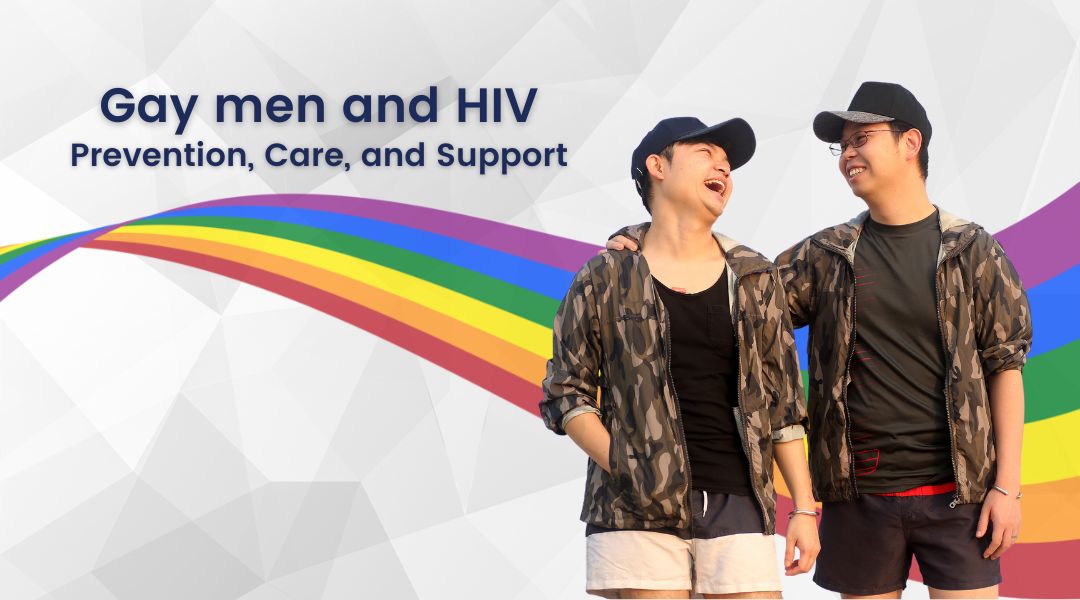Gay men are disproportionately affected by HIV. Despite progress in HIV prevention and treatment, gay men remain at a higher risk of acquiring and living with HIV. In this article, we’ll explore the challenges of HIV in the gay male community and provide resources for prevention, testing, and treatment.
Challenges of HIV in the Gay Male Community
Stigma and Discrimination
Stigma and discrimination against gay men living with HIV continue to be significant barriers to care. HIV-related stigma can lead to fear, shame, and isolation, which can make it challenging for gay men to seek testing and treatment. Additionally, discrimination can make it more challenging to access healthcare services and increase the risk of experiencing negative healthcare outcomes.
Risk Factors
Several factors contribute to the disproportionate impact of HIV in the gay male community. These factors include higher rates of unprotected sex, a greater number of sexual partners, and higher rates of sexually transmitted infections (STIs). Additionally, structural barriers such as poverty, discrimination, and lack of access to healthcare contribute to the increased risk of HIV in the gay male community.
Mental Health
Gay men living with HIV are at an increased risk of experiencing mental health issues such as depression, anxiety, and post-traumatic stress disorder (PTSD). HIV-related stigma can exacerbate these issues, leading to poorer mental health outcomes.

Resources for Prevention, Testing, and Treatment
Prevention
Preventing HIV transmission is critical for reducing the impact of the virus on the gay male community. Here are some resources for prevention:
- PrEP (Pre-Exposure Prophylaxis)
PrEP is a daily medication that can prevent HIV transmission for people at risk of HIV. PrEP is highly effective when taken as directed and can be an essential tool for preventing HIV transmission.
- Condoms
Using condoms consistently and correctly is an effective way to reduce the risk of HIV transmission. Condoms are widely available and can be purchased at drug stores or provided for free at clinics.
Testing
Testing for HIV is essential for preventing the spread of the virus and accessing treatment. Here are some resources for testing:
- Free Testing
Free HIV testing is available at many clinics, health departments, and community-based organizations. Testing is confidential, and results can be available in as little as 20 minutes.
- Home Testing
Home testing kits are available for people who prefer to test at home. Home testing kits are easy to use and provide accurate results.
Treatment
Treating HIV is critical for improving health outcomes and preventing the spread of the virus. Here are some resources for treatment:
- Antiretroviral Therapy (ART)
ART is a combination of medications that can manage the virus and prevent it from progressing to AIDS. ART is highly effective and can lead to long and healthy lives for people living with HIV.
- Support Services
Support services such as counseling, support groups, and case management can help gay men living with HIV manage the challenges of HIV and improve their quality of life.
Read more
Gay men are disproportionately affected by HIV, but there are resources available for prevention, care, and support. Stigma and discrimination, risk factors, and mental health issues are all challenges that gay men living with HIV may face. However, there are resources available for prevention, testing, and treatment. PrEP, condoms, free testing, home testing, ART, and support services are all resources that can help reduce the impact of HIV on the gay male community. By increasing access to these

